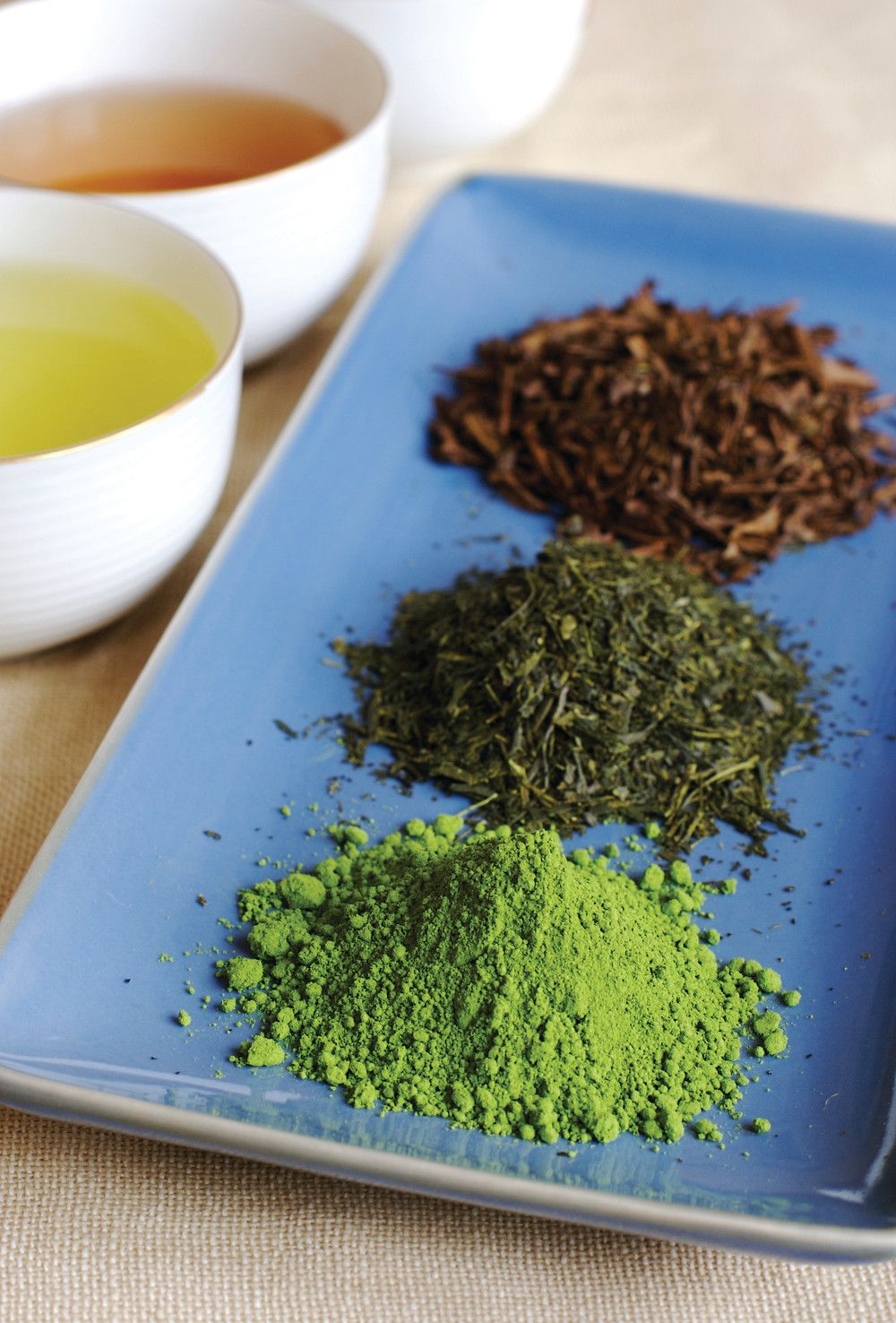FDA’s NDI Guidance Offers Reasonable Take on Ingredient Combinations, CRN’s Mister Says
FDA is “absolutely within its rights” to request a separate NDI notification for ingredient combinations, says CRN’s Steve Mister, and the burden on industry could be minimal.
Photo © iStockphoto.com/amber_b

Among its several controversial areas, FDA’s latest new dietary ingredient (NDI) draft guidance has raised a particular concern within the dietary supplements industry regarding its approach to ingredient combinations. Specifically, the guidance seems to suggest that a combination of ingredients would require its own separate new dietary ingredient notification (NDIN) if there is no existing NDIN describing the combination (for instance, in an NDI Master File). This also could include combinations of ingredients that already have NDINs; for instance, if two NDI ingredients, each possessing its own separate NDINs, are now to be combined in a new way not covered in any previously existing NDIN, that combination would require new notification.
Loren Israelsen, president of the United Natural Products Alliance (UNPA; Salt Lake City), cautioned in a webinar yesterday that such an approach would result in an “exponential” rise in the number of NDINs required, simply due to the many different ingredient combinations emerging on the market every year. The prospect of submitting so many new NDINs likely seems daunting to many ingredient companies.
But Steve Mister, president and CEO of the Council for Responsible Nutrition (CRN; Washington DC), takes a more accommodating view. While industry may not like the idea of NDINs for separate ingredient combinations, he tells Nutritional Outlook that “FDA is absolutely within its rights” to call for them.
“If you have a new ingredient that’s only been examined for safety as a single entity, and now you’re adding something to it, the agency says you need to show us that you can reasonably expect that this interaction is not going to cause any synergies or negative consequences because you’re now using two things together,” Mister explains. For instance, a new synthetic stimulant combined with caffeine would require a separate NDIN, even though caffeine is an old dietary ingredient (pre-DSHEA) and the synthetic stimulant may already have a NDIN submitted.
“I don’t think it’s unreasonable that FDA says, ‘Okay, caffeine is an old ingredient, but we need to know that this new ingredient, when it’s combined with caffeine, is still safe,’” Mister says.
Less Burdensome than You Might Think
Additionally, while the sheer number of new NDINs that would be required for ingredient combinations may not sit well with industry, the resources necessary to complete each one could be minimal, Mister proposes.
“Maybe this is not a $50,000 filing. This could be a paper filing that’s only two or three pages long,” Mister says. For instance, Mister presents the example of an NDI that is being combined with vitamin C. The NDIN for that combination could be relatively brief and straightforward, he suggests.
“Your new notification basically says, ‘Look, here’s the safety data we gave you the first time on the ingredient. Here’s the safety data to show that vitamin C does not work any differently than it would otherwise. The two ingredients work on different parts of the body, they have different biomarkers, they’re totally independent.’ End of story,” Mister says.
Could Be Worse
Mister also points out one thing that the guidance doesn’t call for: NDINs for combinations of old, or pre-DSHEA dietary ingredients. Although an NDI combined with an old ingredient would require a separate NDIN, old ingredients combined with only other old ingredients get a pass.
“That’s a win for us because we were afraid they were going to try to say that was a new ingredient,” Mister says.
Read more:
FDA’s NDI Guidance and GRAS Rule: Stop Fighting, and Move Forward
When in Doubt, Submit a NDI Notification, Urge NPA Webcast Speakers
Michael Crane
Associate Editor
Nutritional Outlook Magazine
michael.crane@ubm.com
Senate Committee has released the text of 2024 Farm Bill, with changes to hemp regulations
November 19th 2024The U.S. Senate Committee on Agriculture, Nutrition, & Forestry has introduced the Rural Prosperity and Food Security Act, which will serve as the Senate’s draft for the 2024 Farm Bill.
NPA’s lawsuit against FDA on NMN stayed pending agency’s decision on citizen petition
November 6th 2024The court has granted a joint motion for stay filed by NPA and FDA, pending the agency's decision on the citizen petition asking FDA to reverse its stance on NMN's status as a dietary ingredient.